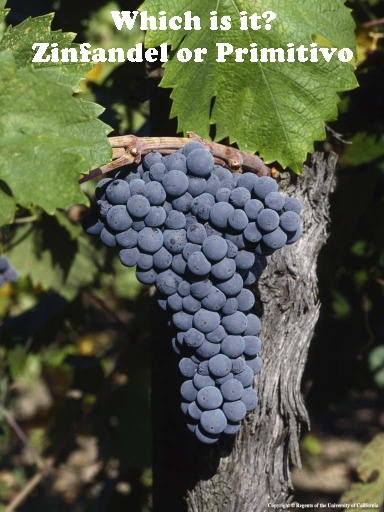The Plant Identification Lab at Foundation Plant Services (FPS), UC Davis provides variety identification using DNA Fingerprinting technology for grape, and other crops. The service makes DNA-based grape variety identification available to the public on a fee-for-service basis.
The grape variety identification service can be used by nursery managers, grape growers, wineries, breeders and other industry representatives. The identification process begins by extracting DNA from the client's grapevine sample. Dried young leaves are the standard sample, but plant variety can be identified using other parts of the plant such as fruit, roots and dormant cuttings, which allows samples to be tested throughout the season.
Since nearly all the DNA of one grape variety is identical to all other grape varieties, only small specific regions of the total DNA are useful for the purpose of grape variety identification. Analysis of these specific regions, referred to as DNA markers, produces the DNA profile or "DNA Fingerprint". To identify the variety, the DNA profile of the client's sample is matched to a reference profile in Foundation Plant Services' Grape DNA Identification Reference Database. The database contains DNA profiles of over 1200 grape varieties, Vitis vinifera and hybrids, from all major grape growing regions of the world and includes wine, table, raisin and rootstock grape varieties.
Other crops are identified in the same manner. The DNA profile of the client's sample is matched to a reference database that is specific to each fruit or nut type. Sample collection materials and instructions are provided as part of the service. The service is available to both domestic and international clients. Results are typically ready in three to four weeks. The above links will lead you to all the information needed to submit samples to our service.
Spring is the best time of year to collect and submit samples. You can learn more about the service and how to collect and send samples here.